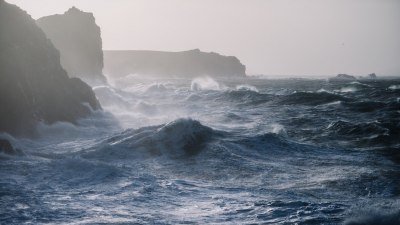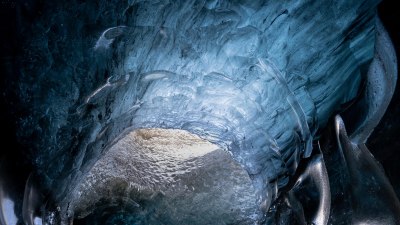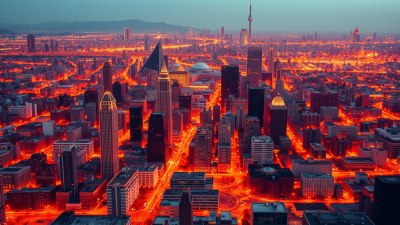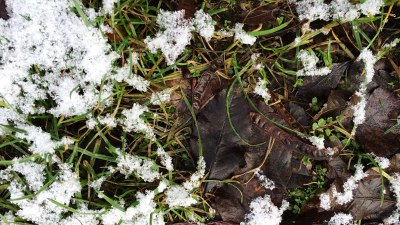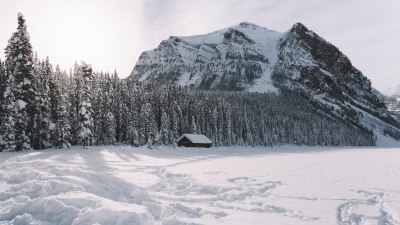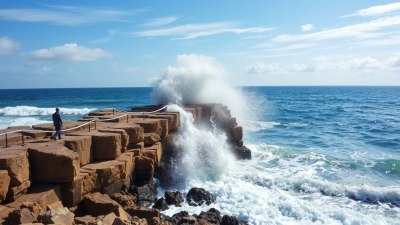The Coldest Places on Earth
Explore the coldest places on Earth and learn about their climates, wildlife, and what makes them unique.

This image was created with the assistance of Freepik
The Earth is a vast planet with a multitude of climates and environments, but some regions are defined by their extreme cold. These are the coldest places on our planet, where temperatures can plummet to unimaginable lows. In this article, we will explore the coldest locations on Earth, their unique characteristics, and why they are so frigid.
Antarctica: The Coldest Continent
Antarctica is the most notorious cold spot on the globe and is known for its icy deserts and vast, frozen landscapes. This continent holds the record for the lowest temperature ever recorded on Earth, which was a staggering -128.6 degrees Fahrenheit (-89.2 degrees Celsius) at the Vostok Station in July 1983. Antarctica's harsh climate is primarily due to its polar location and high elevation, as much of the continent is covered by thick ice sheets that can be several miles deep.
Despite its inhospitable conditions, Antarctica is home to some remarkable wildlife, including seals, penguins, and various seabirds. The Antarctic Peninsula is one of the most significant areas for wildlife, particularly for the Emperor Penguin, which is the only penguin species that breeds during the harsh Antarctic winter.
Oymyakon: The Coldest Village
Located in Siberia, Russia, Oymyakon is known as the coldest inhabited place on Earth. It has recorded temperatures as low as -67.7 degrees Fahrenheit (-55.4 degrees Celsius). Oymyakon's extreme temperatures are attributed to its location in a valley that traps cold air during the winter months.
This small village has a population of approximately 500 people, and residents have adapted to the extreme climate. For example, they rely on traditional methods of preserving food, such as freezing it outdoors. The villagers typically wear multiple layers of clothing and use wood-burning stoves to keep their homes warm during the brutal winters.
Verkhoyansk: Record-Breaking Cold
Similarly, Verkhoyansk, also located in Siberia, is another contender for the title of the coldest inhabited place. This town has experienced temperatures as low as -67.7 degrees Fahrenheit (-55.4 degrees Celsius) as well. Verkhoyansk is part of what locals call the “Cold Pole” of the Northern Hemisphere, and it has a rich history that dates back to the 17th century.
The town is relatively small, with about 1,200 residents, and is known for its breathtaking landscapes covered in deep snow during winter. Although Verkhoyansk has a challenging climate, it features a number of natural attractions, including the picturesque Lena River.
Yakutsk: The Coldest City
Yakutsk, the capital of the Sakha Republic in Russia, is often referred to as the coldest city in the world. With winter temperatures frequently dipping below -40 degrees Fahrenheit (-40 degrees Celsius), the city is well-prepared to handle its chilling climate. Despite the cold, Yakutsk has a vibrant culture and a thriving population of around 300,000 people.
The city is constructed using special techniques to cope with the harsh cold, such as buildings being elevated on stilts to prevent the permafrost from melting and causing structural damage. Yakutsk is also home to the world’s largest mammoth museum, showcasing the remarkable ice-preserved remains of these ancient creatures.
North Ice: The Coldest Place on Land
North Ice is a research station located in Greenland, reaching extreme low temperatures. In 1954, scientists stationed there recorded a temperature of -66.1 degrees Fahrenheit (-54.5 degrees Celsius). Positioned in the interior of Greenland, North Ice is surrounded by a vast ice sheet and is often subjected to harsh winter storms. This atmospheric condition contributes to the cold temperatures experienced within the station.
The site has been pivotal for research studies and extensive scientific work focusing on climate change and the effects of global warming on ice sheets. Even more remarkably, it serves as a stark reminder of Earth's climatic extremes.
Franz Josef Land: Extreme Arctic Cold
Franz Josef Land is a remote archipelago in the Arctic Ocean, belonging to Russia. This area has recorded temperatures of -35.8 degrees Fahrenheit (-37.7 degrees Celsius) in the winter months. Due to its extreme latitude, the islands experience long periods of darkness during the winter, creating an uninhabitable environment for most forms of life.
Despite the inhospitable conditions, Franz Josef Land is an important area for scientific research, particularly regarding climate change and Arctic ecosystems. The islands’ glaciers and ice caps play a significant role in understanding sea-level rise and other environmental changes affecting our planet.
Vostok Station: The Heart of Antarctica
Vostok Station, located in East Antarctica, is another notable cold spot that has made headlines due to its record low temperatures. The research station has measured temperatures of -128.6 degrees Fahrenheit (-89.2 degrees Celsius). Situated near Lake Vostok, which is an enormous subglacial lake, the station provides invaluable data for global climate models.
The extreme isolation and frigid conditions make Vostok Station a challenging place for scientists to work, but researchers are drawn to the potential discoveries that lie beneath the Antarctic ice. Studying the unique ecosystems of ice-covered lakes offers insights into biological processes that may exist on other icy worlds beyond our own.
The Frigid Frontiers
The coldest places on Earth represent the extremes of our planet's climate, showcasing the resilience of life and the astonishing adaptability of nature. From the endless icefields of Antarctica to the frozen outposts of Siberia, these chilling locations remind us of our planet's vast diversity and wonder. Understanding these environments is crucial as the world grapples with the impacts of climate change, and researchers continue to study these cold frontiers to gain insights into our planet's past and future. The coldest places are not just extremes; they are vital parts of Earth's ecological and scientific narrative.

